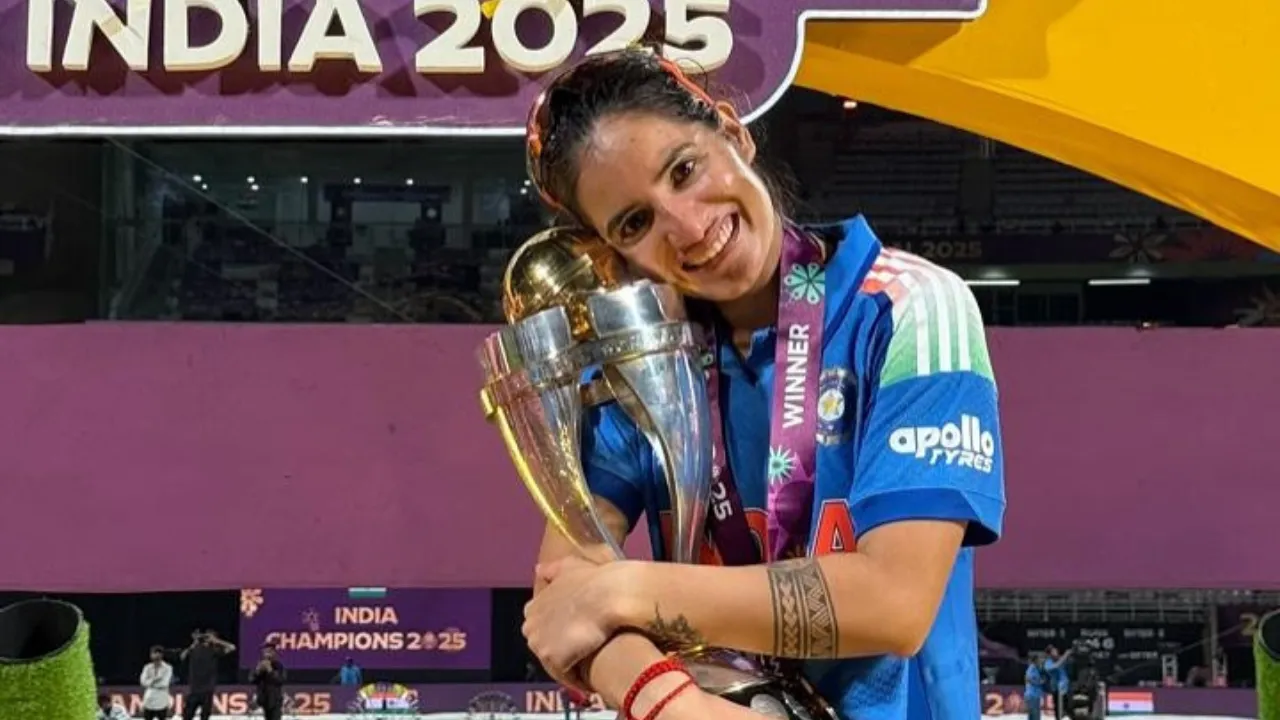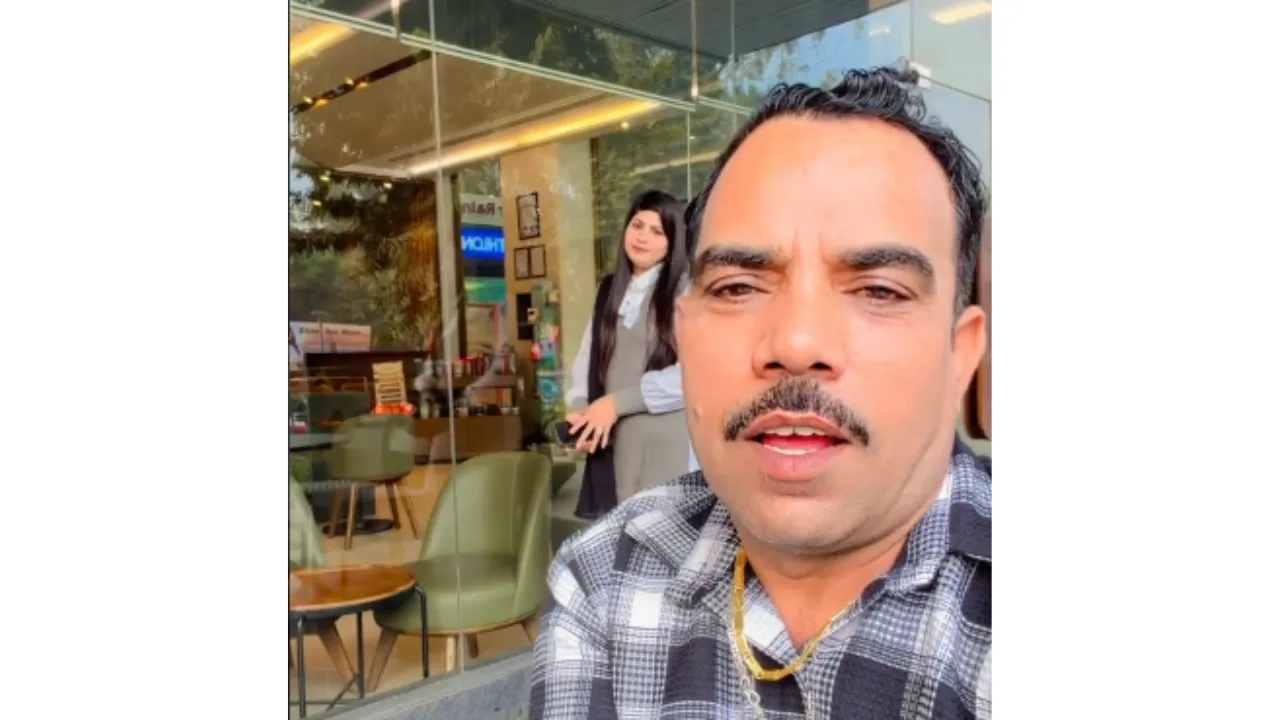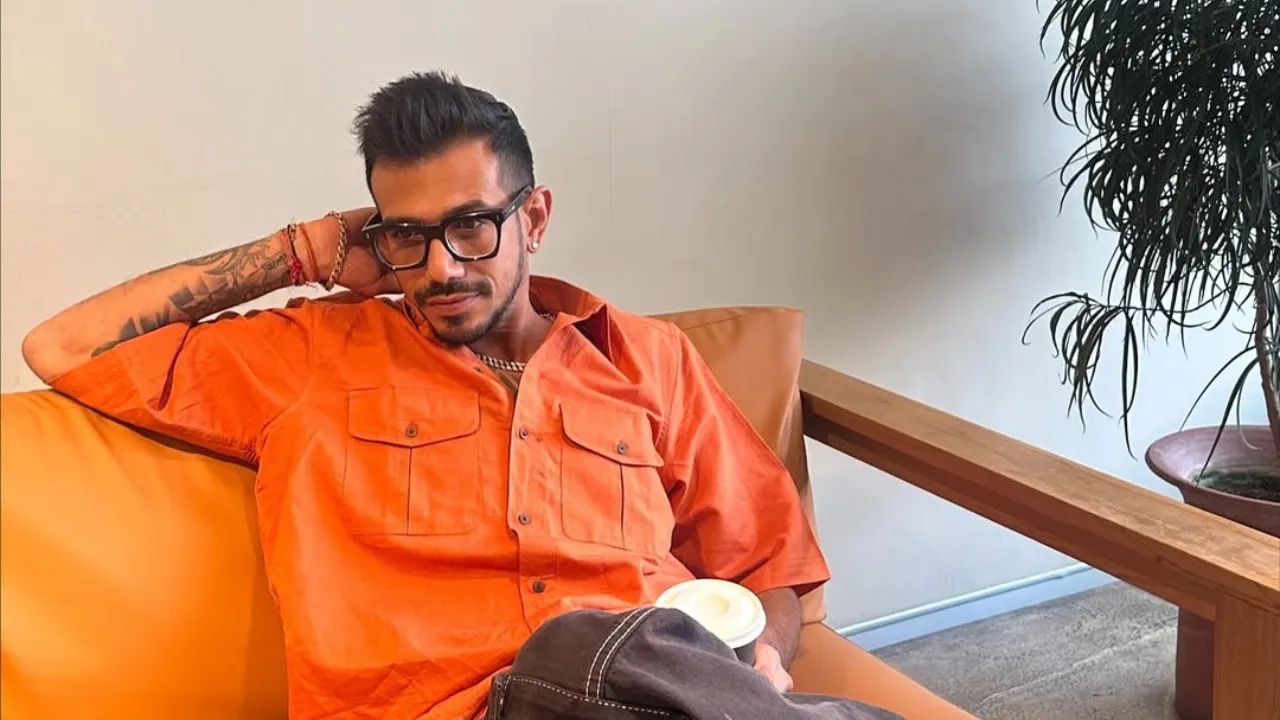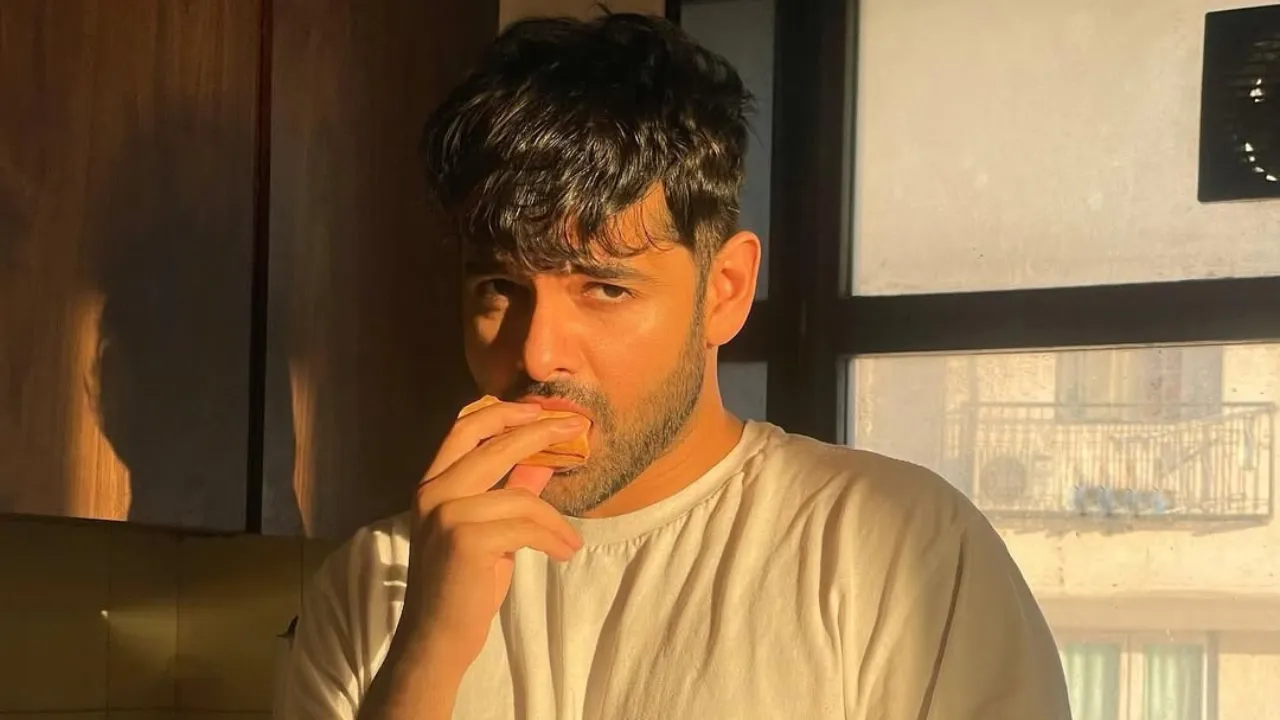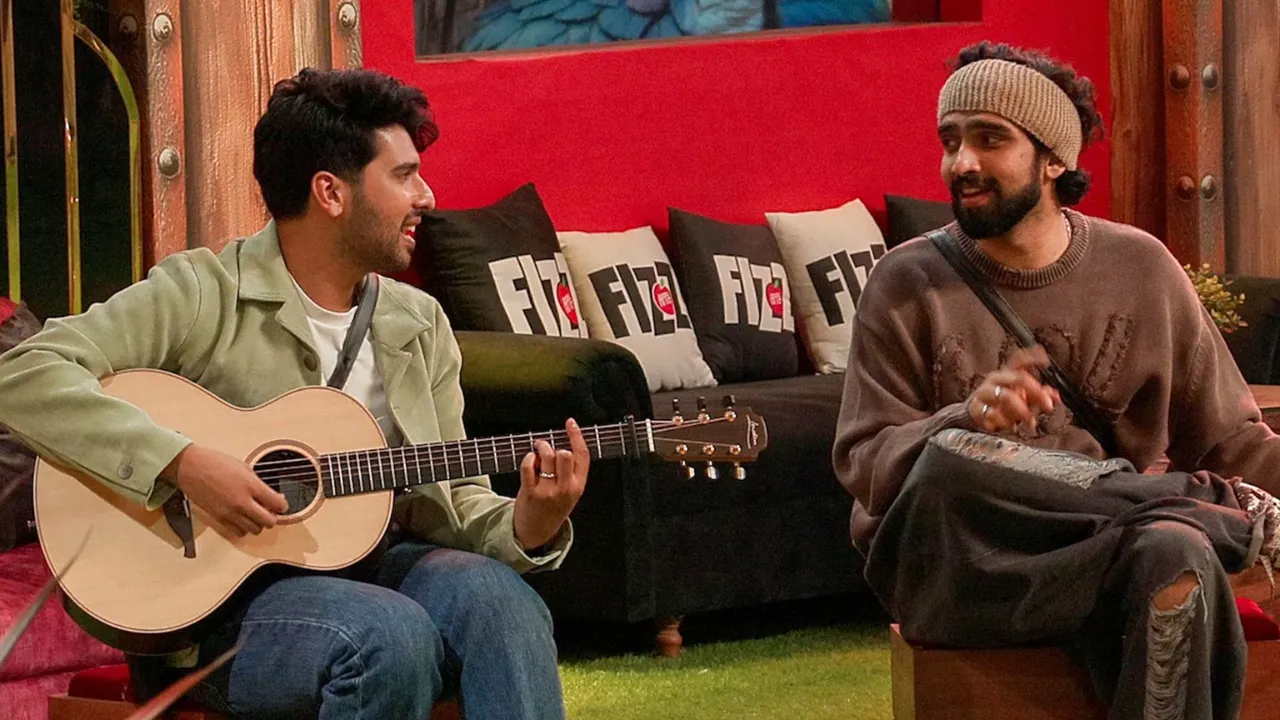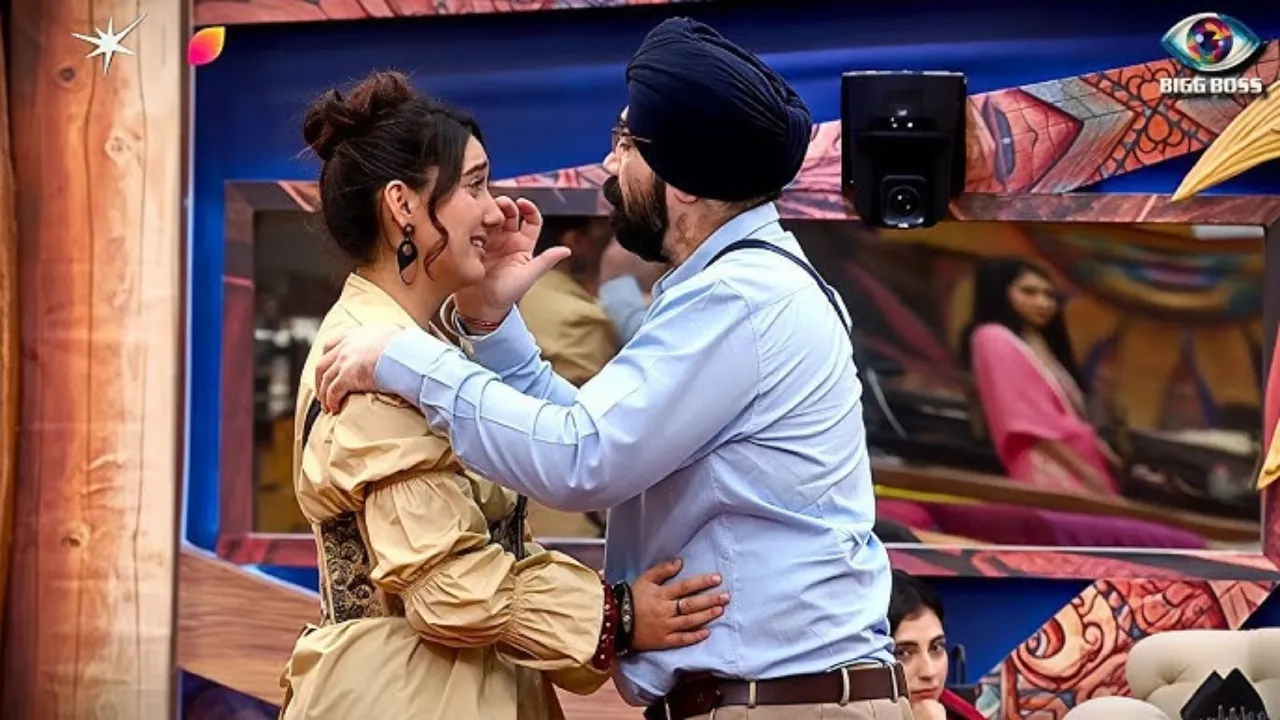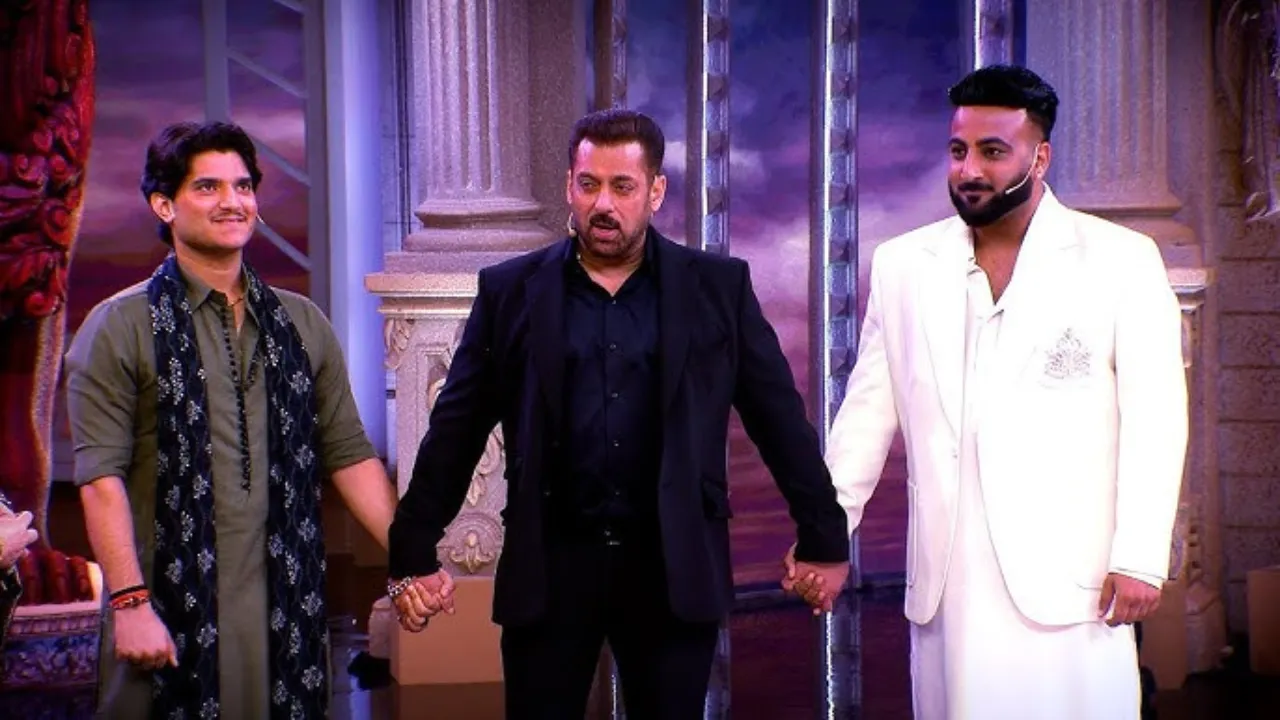Sushmita Sen reveals she refused anaesthesia during heart surgery — why she stayed awake and what it means
Sushmita Sen has always been someone who lives life on her own terms. So when the actor recently opened up about the terrifying heart attack she suffered while shooting Aarya in 2023, her decision to stay conscious during the subsequent cardiac procedure surprised — and inspired — many.
Below is a clear, fact-checked, and reader-friendly breakdown of what she said, the medical context, and the lessons fans can take away. This article is optimized for the keyword Sushmita Sen and uses short paragraphs and helpful subheadings for easy reading.
What happened — Sushmita Sen’s heart attack and the emergency procedure
Sushmita Sen suffered a major cardiac event while filming Aarya in February 2023. Reporters and the actor herself have said the episode was serious enough to require immediate intervention. In the emergency assessment doctors found a critical arterial blockage that needed an urgent stent (angioplasty) to restore blood flow.
An angioplasty — commonly called stenting — is a standard procedure to open blocked coronary arteries. It can be done under varying levels of sedation depending on the patient’s condition and the team’s judgment. In Sushmita’s case, she later revealed she chose to remain awake for the procedure.
The key facts (quick list)
- Heart attack while shooting Aarya: February 2023 (reported date: February 27, 2023).
- Extent of blockage reported around 94–95% in media accounts; urgent stent/angioplasty was performed.
- Sushmita says she refused anaesthesia and stayed conscious during the stent procedure.
- She returned to set within a few weeks (reports say about 15 days) after medical guidance and recovery.
Why Sushmita Sen refused anaesthesia — her own explanation
On a recent conversation with Divya Jain, Sushmita Sen explained that she “doesn’t like losing consciousness.” She said being awake during the heart attack and during the stent procedure felt, for her, like a way to remain in control and face the reality of the situation. She told reporters she even chatted with the doctors and asked them to hurry so she could get back to her crew waiting in Jaipur.
That desire to stay present wasn’t only personal — Sushmita framed it as responsibility. As the lead actor for Aarya, she said she worried about the daily-wage crew and wanted to return as soon as it was safe. That sense of duty helps explain both the decision to stay conscious and her quick comeback.
Is it medically normal or risky to stay awake during an angioplasty?
The medical reality
Many cardiac catheterisations and stent placements are performed with local anaesthesia and light sedation — not general anaesthesia. Patients are often awake or drowsy but not fully unconscious. However, refusing even local numbing or sedation is unusual and depends on the clinical situation and patient tolerance.
Medical experts note that being alert during a procedure can be safe when the team is experienced and the patient is stable. But each case is unique — the choice to remain fully conscious must be assessed by cardiologists and anaesthesiologists on the spot. Indian outlets that covered Sushmita’s story included comments from clinicians explaining when awake procedures are acceptable.
What her experience tells us — three practical takeaways
1) Patient agency matters
Sushmita’s insistence on being conscious reminds us that informed patients can and do make choices about how much sedation they receive. Good medical teams discuss options and risks; patients should feel empowered to ask questions.
2) Rapid response saved lives
Sushmita’s story underscores how prompt diagnosis and immediate angioplasty can be lifesaving in severe blockages. Time to treatment matters in heart attacks — the faster the artery is opened, the better the outcome.
3) Recovery and realistic timelines
Returning to work quickly after a cardiac event is an individual decision shaped by medical advice, the severity of the problem, and the patient’s overall health. Sushmita returned to set in roughly two weeks, but that was after consulting her doctors. Others may need more rest — always follow professional guidance.
How fans and non-medical readers should interpret the story
Sushmita Sen’s account is courageous and personal, but it’s not a template for everyone. Celebrities sometimes make choices based on factors (schedules, responsibilities, psychological makeup) that don’t translate to ordinary patient care.
If you or someone you love experiences chest pain, dizziness or unexplained shortness of breath, treat it as an emergency. Call local emergency services and get evaluated — don’t try to replicate a high-profile story. Early medical attention and following a cardiologist’s plan remain the safest path.
Final thoughts — what Sushmita Sen’s story adds to public conversation
Sushmita Sen’s revelation — that she refused anaesthesia and stayed awake for a stent procedure after a near-fatal heart attack — is a powerful, human story. It highlights patient choice, the urgency of cardiac care, and the emotional side of surviving a health crisis.
Her openness also helps normalise conversations about heart health and recovery in a culture where celebrity experiences reach millions. Whether you’re a fan or simply a reader, the clear message is: take symptoms seriously, get timely care, and trust medical advice tailored to your situation.
Also Read: Shriya Saran Issues Urgent Scam Alert!

